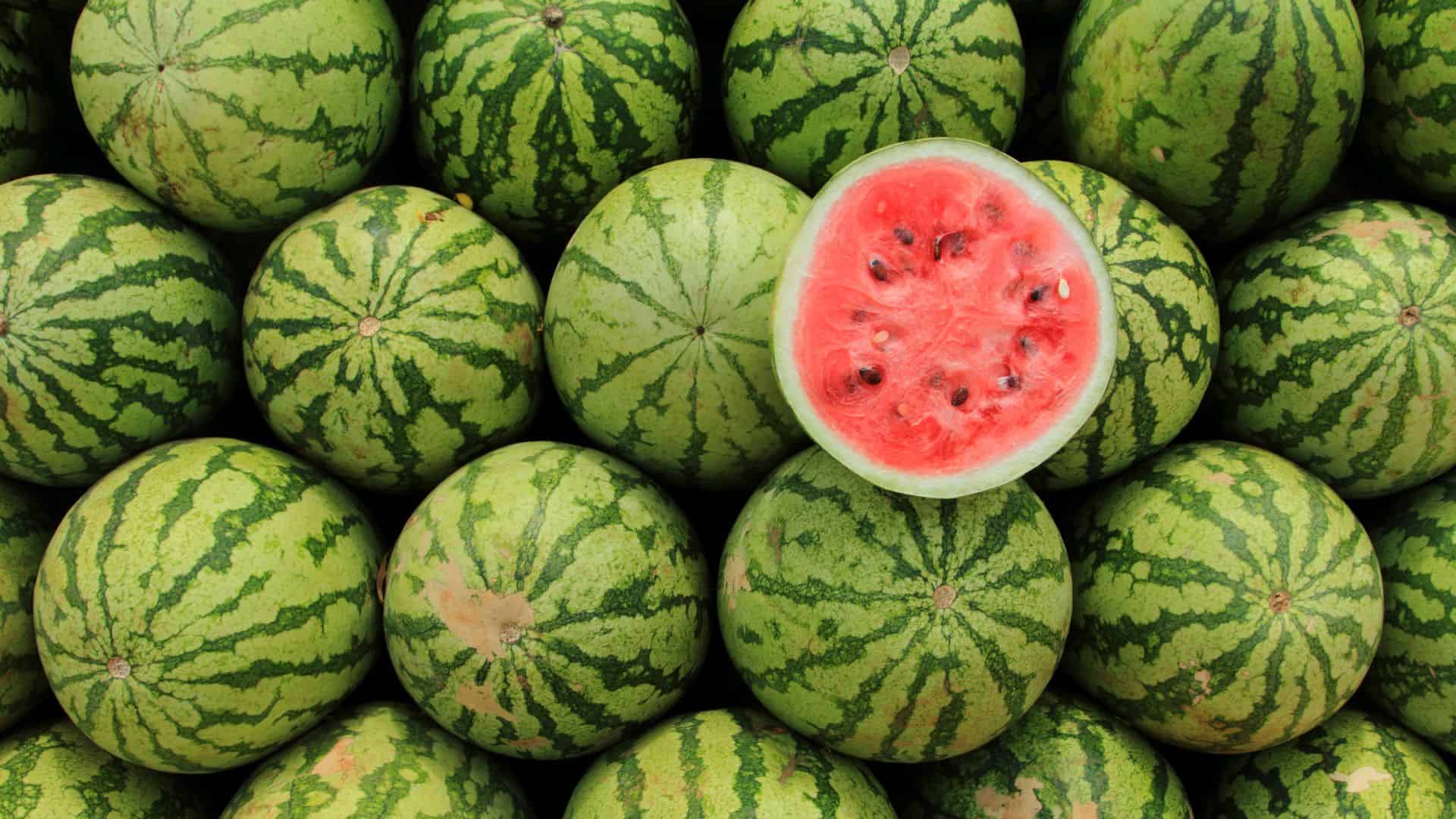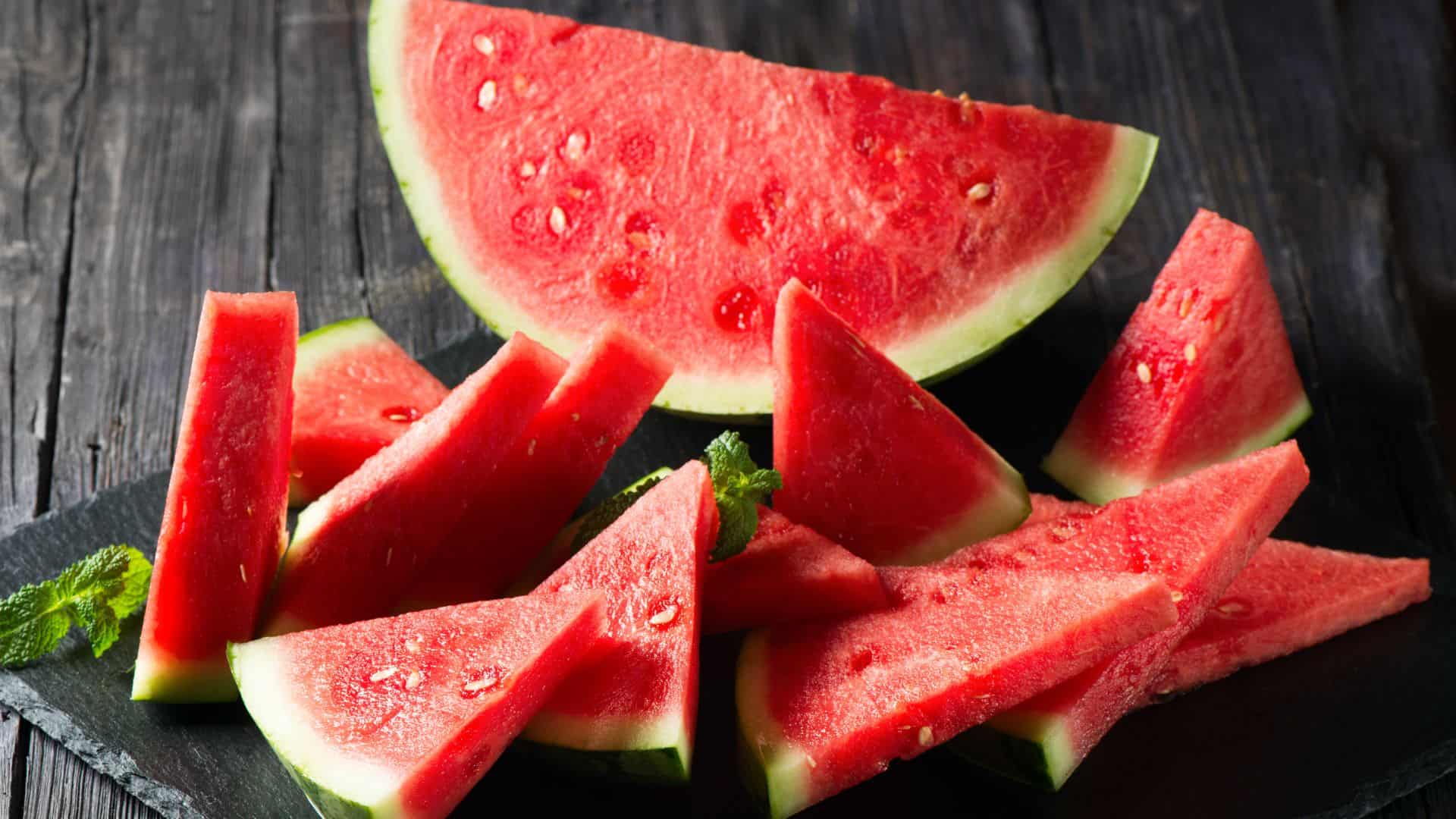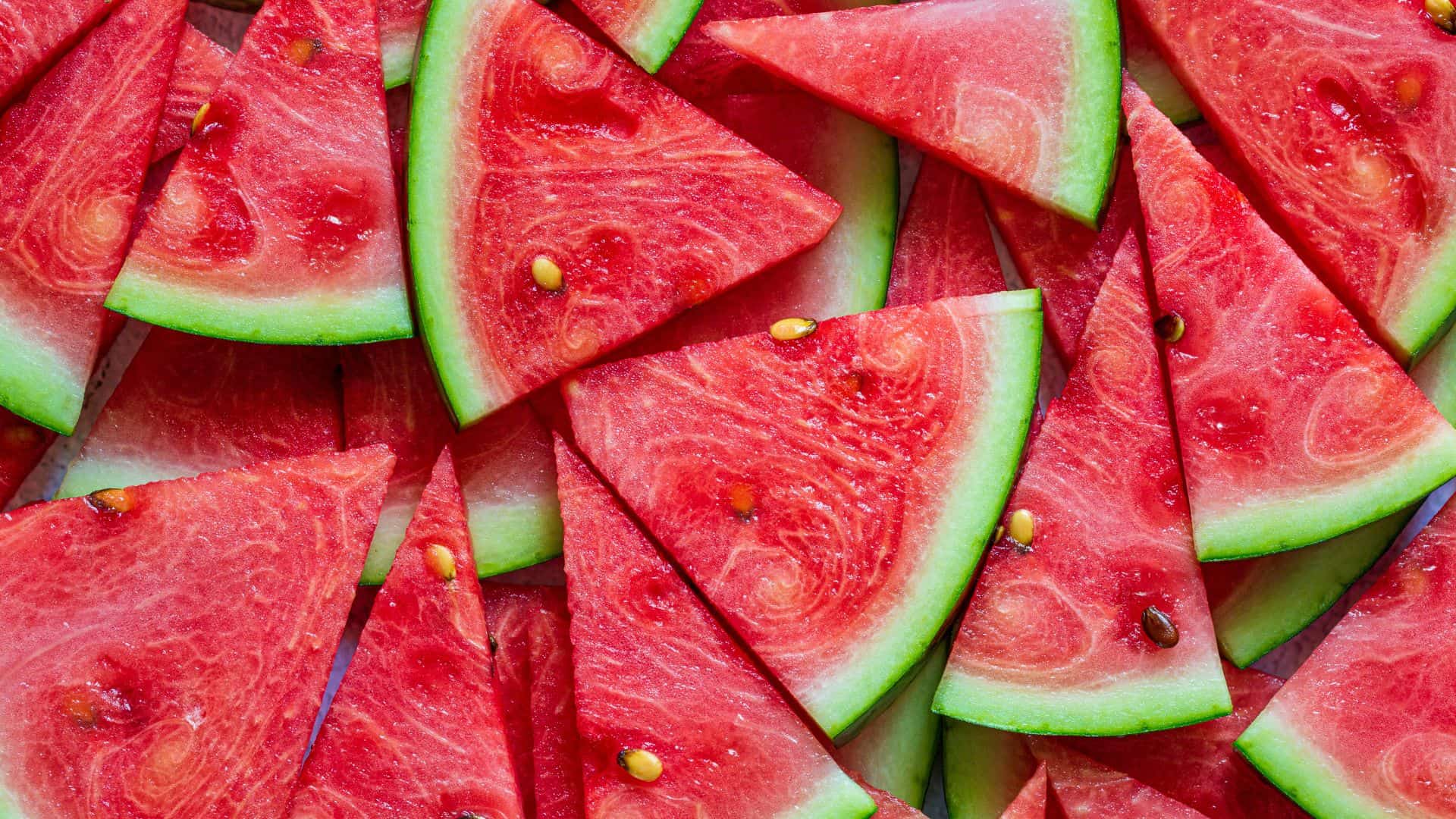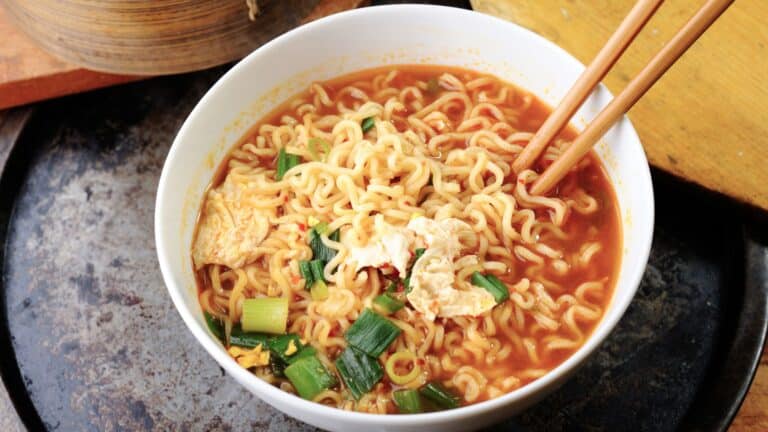Watermelon With A Yellow Spot; This Is What It Means

Have you ever noticed that almost every watermelon has yellow spots? It’s not just a random flaw—this yellow spot can reveal a lot about your watermelon’s ripeness and sweetness. Imagine picking the perfect watermelon every time, thanks to this simple trick! Get ready to impress your friends and family with your newfound fruit expertise. Let’s crack the code and find out what that yellow spot is all about!

A creamy yellow spot is usually a good sign that the watermelon has had enough time to develop its sugars and is ready to be enjoyed. This spot is where the watermelon rested on the ground, ripening in the sun and indicates the fruit is ripe. The lighter colored the spot and the larger it is, the riper the watermelon will be! The yellow spot is not a bad thing at all.
The yellow spot shows where the watermelon touched the ground and rested away from direct sunlight. This means the rest of the fruit was exposed to the sun, which is crucial for developing its sweetness and flavor. The longer the melon sits in the field, attached to the vine, the better!
The size and color of the yellow spot can sometimes indicate how long the watermelon was left on the vine. A larger, more pronounced yellow spot suggests the watermelon was allowed to mature fully before being harvested. This is a good thing! if the watermelon was picked too young, it will not be sweet or juicy.
Look for a uniform yellow spot, which can show consistent ripening. This uniformity is a good sign that the watermelon will have a consistent texture and flavor throughout. The spot should transition smoothly from white to yellow. It should also feel smooth to the touch.
A well-ripened watermelon with a prominent yellow spot is likelier to have a firm, juicy flesh. Avoid watermelons with overly soft or mushy spots around the yellow area, as this might indicate overripeness or the beginning stages of spoilage. Also try to skip melons that are solid green. Those also are not the juciest.
A creamy yellow spot is a good indicator of sweetness in the fruit. When watermelons spend more time on the vine, their flavor becomes sweeter and richer. So, if you’re looking for a sweet treat, a watermelon with a yellow spot is often a good choice. In fact, you should probably pick the melon with the best yellow spot!
Watermelons with a pronounced yellow spot may also have a thicker rind, which can benefit transportation and storage. The thicker rind protects the fruit from damage and helps retain its moisture, keeping the watermelon fresh for longer. If you are looking for a melon to serve later in the week, grab one with a nice yellow spot!
Immature watermelons might look appealing on the outside, but they can lack sweetness and juiciness inside. A yellow spot is nature’s indicator that the fruit was picked at the right time, perfect for a delicious eating experience. Skip the perfectly green melon and go for one with a yellow oval on the side.
The yellow spot marks the place where the watermelon was in contact with the ground. The side touching the ground is shielded from direct sunlight, preventing it from becoming sunburned and enabling the rest of the fruit to ripen evenly. Your melon was not created in a factory but, instead, grown in a fantastic field.
As the watermelon grows, the ground spot changes color, reflecting its ripening journey. It may start off as a lighter green but quickly fade to white or light yellow. This natural process is part of what makes each watermelon unique and full of flavor, so the yellow spot is an ode to its growth.

Farmers often use the yellow spot as a visual cue to determine the best harvest time. They may choose to harvest a melon or leave it for a fe more weeks, simply depending on the spot for clues. A watermelon with a distinct yellow spot has likely been carefully monitored and picked at the peak of ripeness. This way, you receive the best possible fruit.
A yellow spot shows you that the watermelon developed healthily in its natural environment. It indicates that the fruit had sufficient time and the conditions to grow, ensuring optimal flavor. Choosing your watermelon by its yellow spot is a great hack for a sweet, ripe melon. Try it once and you will quickly discover that this hack really does work!






